Is it possible to grow tea at home, in a greenhouse, in a garden?

It's hard to find a person who doesn't like tea. This light tonic drink has long entered our lives, becoming almost irreplaceable.
Everyone knows that tea is grown in Ceylon and India, but it turns out that growing tea at home, which many would call a myth, is quite real.
Content:
- Growing tea at home
- Features of growing tea in a greenhouse
- Where to get tea seeds, what they look like in the photo
- Is it possible to grow tea in the garden?
Growing tea at home
The easiest way to grow tea is to plant camellia chinensis or tea tree seeds. It is worth starting preparations for planting in winter. First of all, it is recommended to soak the purchased seeds and let them stand for three days.
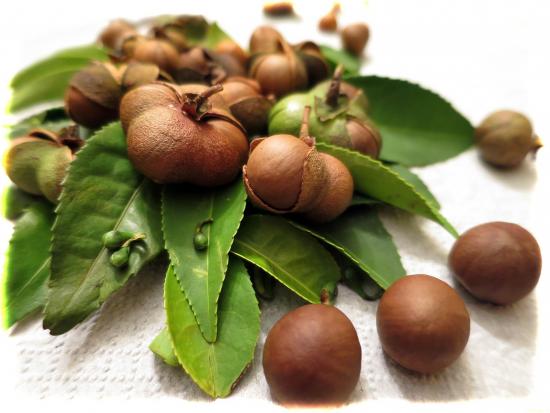
After this it is recommended:
- Prepare a container, place a small layer of drainage on the bottom, pour soil on top of it and moisten it;
- Plant the seeds to a depth of no more than three centimeters, otherwise they may not germinate and water thoroughly;
- When growing, make sure that the soil does not dry out, but you should not overwater it, as there is a risk of root rotting.
Growing seeds does not require special conditions; tea thrives at room temperature and standard daylight.After direct planting, it is important to cover the pot with glass to create a greenhouse effect and systematically moisten the soil, preventing it from drying out.
The first shoots will appear only in the third or fourth month. The first sprouts may die, but you shouldn’t be upset, because the root system of sprouted plants remains in the soil and after a while the tea will sprout again.
After germination, the bush begins to grow, every year it becomes larger and more magnificent. So in the first year of life the shrub grows up to thirty centimeters. At the same time, the volume of the root increases, which is why it is recommended to change the pot to a larger one every three years.
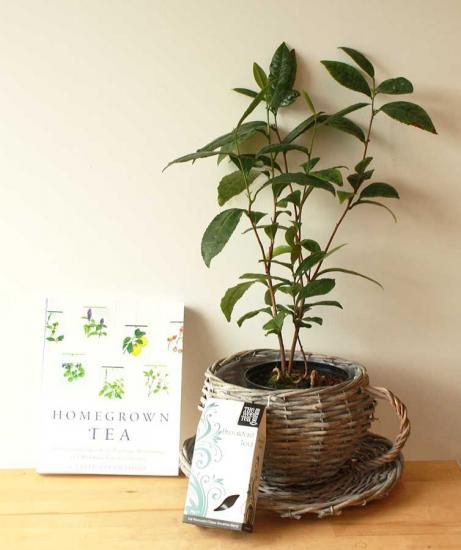
By the first year and a half of life, the shrub can bloom. The smell of the flowers is very unique, and after the flowers dry, fruits appear in their place, which in appearance resemble small nuts.
When growing a tea bush on a windowsill, in addition to systematic moistening, it is important not to forget:
- Put the plant in the shade during hot summer days, place the pot on the balcony every evening so that the bush can “breathe” fresh air;
- For the winter period, ensure the temperature is within 10–15 °C;
- Water it regularly, with a decrease in frequency and intensity during the flowering period;
- Spray the tea once a week. To do this, it is recommended to take only soft water or tap water that has settled and also reduce the frequency of spraying during flowering;
- Systematically feed the shrub with standard fertilizers for indoor flowers.
Up to a year, the bush may begin to stretch; to prevent this, it is worth pruning from time to time. Cut parts of stems and leaves can be used for tea leaves.
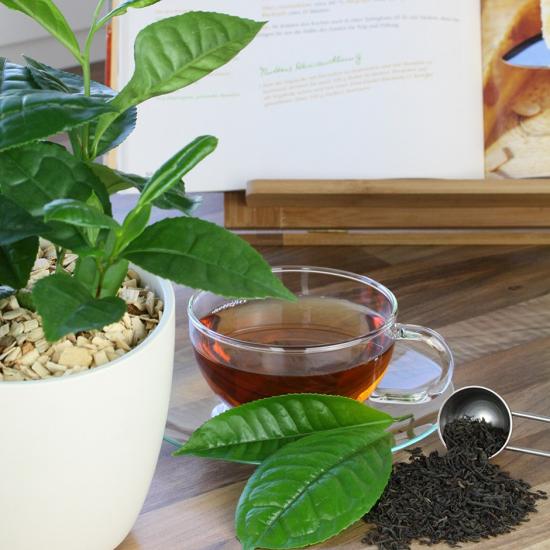
From the age of two, the bush grows enough to systematically pluck leaves to make homemade tea.
More information about growing tea:
Features of growing tea in a greenhouse
Since tea is native to warm latitudes, the optimal conditions for its cultivation are greenhouses. As in the case of growing tea on a windowsill, before planting, it is recommended to soak the seeds and then sow them.
While maintaining a consistently high temperature, it is important not to forget about stabilizing humidity levels. Systematic abundant watering and frequent spraying are necessary for normal growth and development of the bush. If you allow the soil to dry out, especially during harvesting, there is a danger of destroying the plant, without the possibility of restoring it. The same applies to drafts and temperature changes.
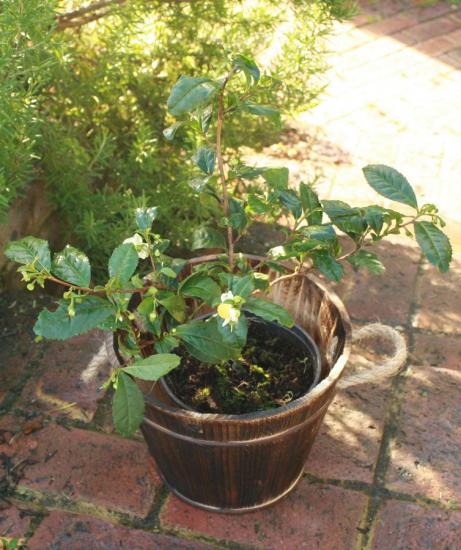
Chinese camellia is a heat-loving plant that does not tolerate sudden drops in temperature.
One of the most remarkable features to remember when growing tea is the fact that this crop is almost never damaged by pests. The specific aroma of the leaves repels them, providing a sufficient level of protection against parasite attacks.
The hermetic conditions of the greenhouse are an ideal alternative to the climate of India and Ceylon in our area. If you follow all the rules of planting and care, a bountiful harvest will not take long to arrive.
Where to get tea seeds, what they look like in the photo
The easiest way to grow tea is to buy seeds. Alas, you can’t find them in every specialized store, so perhaps the only way to get planting material is to order it on the Internet.
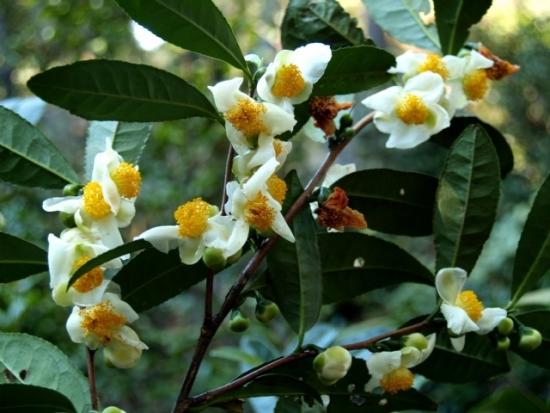
However, it is important to consider the risk of running into scammers.Therefore, when choosing a site to order from, you should give preference to highly rated ones.
It’s quite easy to recognize the seeds in the photo: brownish nuts with four or five seeds inside. If you have the opportunity to purchase them not online, but in a store, you should pay special attention to the appearance of the seeds.
So, smooth brown seeds, without external damage or signs of disease, are best suited.
If the seeds look dull, have pinpoint marks of mechanical damage, or other flaws, they are not worth the risk. Such material does not guarantee even a minimum percentage of similarity.
Ordering seeds online can be dangerous as there is a danger of wasting your money by dealing with scammers. But in some cases this is the only opportunity to get planting material.
Details of growing tea from seeds - video:
Is it possible to grow tea in the garden?
Optimal conditions for growing tea in mid-latitudes can be found on the Black Sea coast. A striking example of this is Georgian tea, known to every resident of the post-Soviet space. However, it is important to remember that the taste of tea is influenced not only by where it was grown, but also by the conditions in which it grew.
Thus, plants grown with a lack of heat, moisture and poor environmental conditions will be significantly inferior to those grown in conditions of sufficient moisture, warmth and clean air.
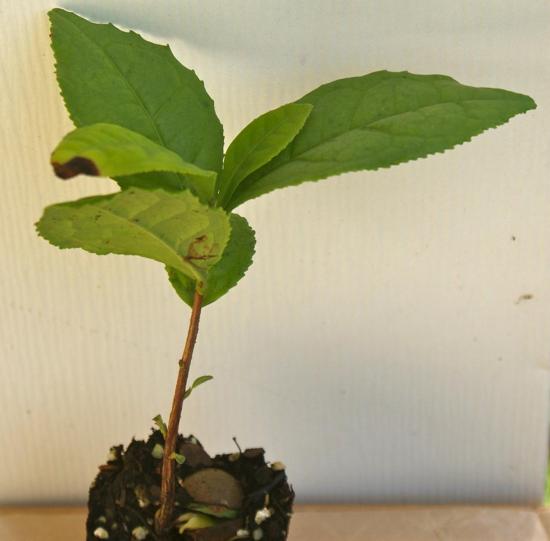
Based on this, it is impossible to grow a traditional tea bush in your garden. In our latitudes in open ground it is impossible to provide optimal conditions for growing Camellia sinensis.
However, do not get upset ahead of time. If you cannot grow traditional tea in your garden, then you can use an alternative option.
To do this, it is enough to select herbs that can be brewed as tea; herbs such as:
- Cinquefoil shrub is a low perennial that is suitable for growing both as a decorative flower and as a material for tea leaves. It is also used in folk medicine, as a means to strengthen the immune system;
- Melissa is a shrub that has a surprisingly pleasant aroma and has a calming effect, having a beneficial effect on the nervous system;
- Peppermint - the plant has a tonic effect. Suitable for treating migraines, stabilizing the nervous system;
- Chamomile - dried flowers are used to brew anti-cold teas.
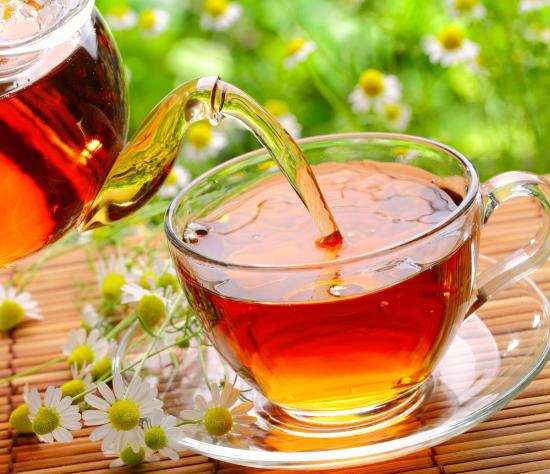
The climatic conditions of temperate latitudes are not suitable for growing tea, but there is an alternative that is in no way inferior to the original. Growing such a mixture in garden beds is not so difficult and in terms of its effectiveness it is no different from the purchased Chinese camellia that we are used to brewing.
Growing tea at home has long ceased to be a fantasy; anyone can find a tea bush on their windowsill.
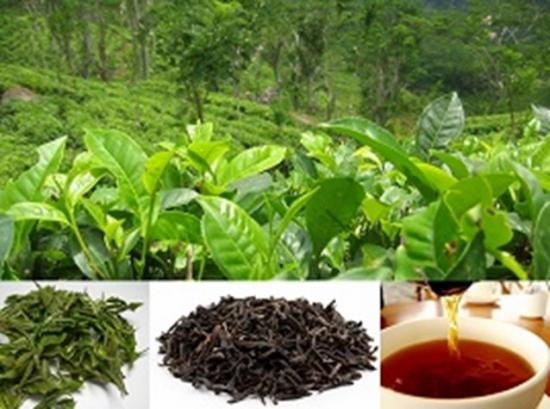
If you follow all the rules of cultivation and care, in just two years you can get a healthy plant that will provide the owner with enough material to brew delicious homemade tea.

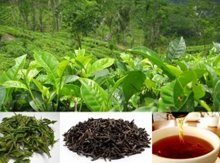
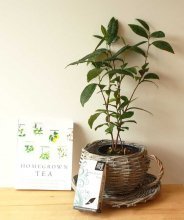
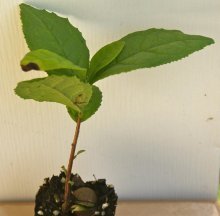
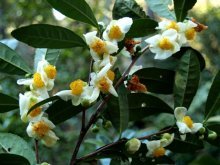


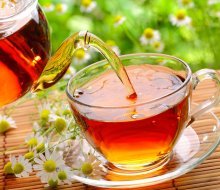
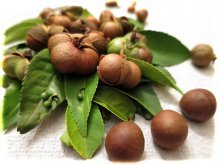
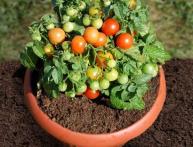
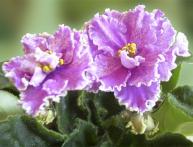

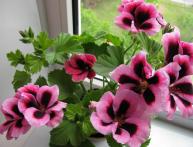
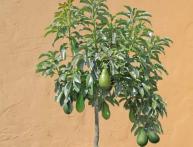


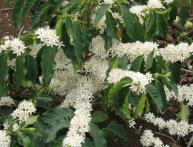
Comments
I wonder if there are decorative types of tea? These would be perfect for growing on a windowsill, but not everyone has the opportunity to give the grown tea a lot of space and light.
It is possible to grow anything you want if you want. Even in the North they grow grapes and watermelons.Take the same Michurin - what did he do with plants! Because I wanted and had a great desire.